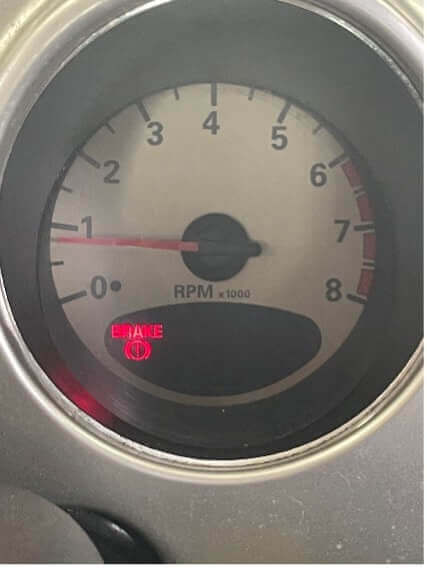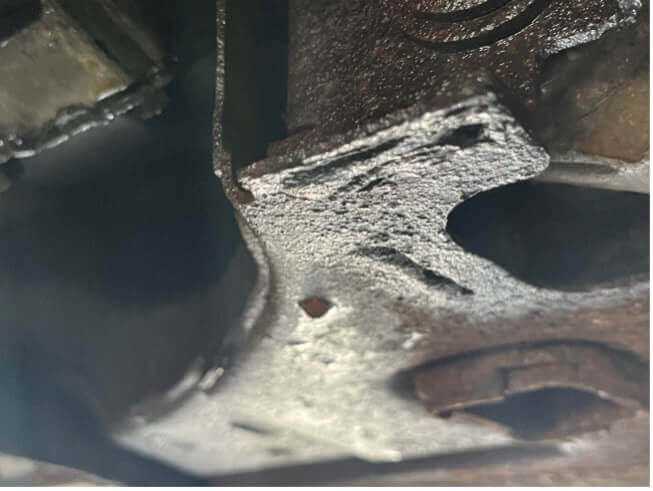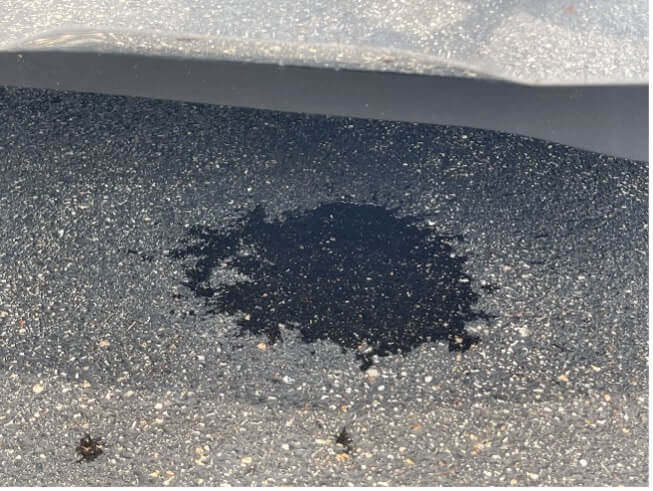Using your five senses is import to keeping repair costs down on your vehicle. It will also help keep you safe. What do I mean? Let’s discuss fluid leaks and how your vision noticing them can save you a ton of money.
Let’s start by identifying the different types of fluids on a vehicle:
- Engine oil
- Transmission fluid
- Transfer case fluid
- Differential fluid
- Power steering fluid
- Brake fluid
- Coolant
- Fuel
- Washer fluid
- Water (from air conditioning)
If you notice a fluid leaking or a wet spot/puddle underneath your vehicle, what should you do? If the puddle is large and happens suddenly towing the vehicle is best. Any fluid that leaks a large amount of fluid in a short period of time is probably not safe to drive. Driving the vehicle may cause much more damage and increase costs dramatically.
If the leak is smaller put a piece of cardboard underneath the vehicle and let the vehicle sit. See where the leak is dripping so you can tell the repair shop where exactly the fluid was coming from. If you smell fuel we recommend not driving the vehicle as the fuel could leak onto the exhaust and cause a fire. If the fluid looks like a greenish or yellowish color, it maybe coolant. It is not a good idea to drive a vehicle with a coolant leak. You can also try to smell the fluid and if it smells sweet it is most likely coolant.
One way to check if a leak is brake fluid is to press the brake pedal. If it doesn’t feel normal do not drive the vehicle as you probably have a brake fluid leak. If you are comfortable checking the fluid levels, you can verify if any fluids are low. Some fluids, like brake fluid, will set a dash light when they are low (see below picture).

No matter what, have the vehicle looked at by a professional shop to determine the cause and of the leak. It is better to have the issue repaired before it causes damage to other components.
If you have any questions or need a fluid leak repaired, call us at 815-877-4277 or text 815-240-2515. Schedule a reservation online.




